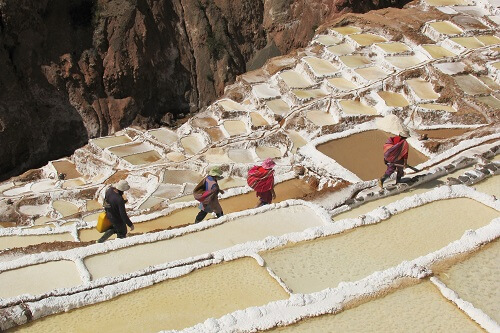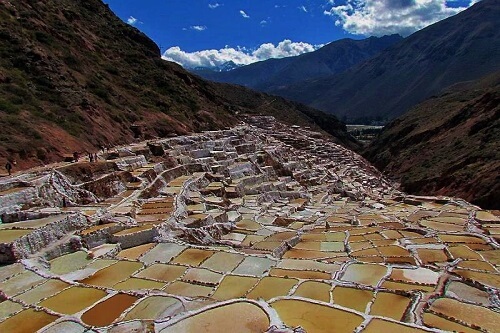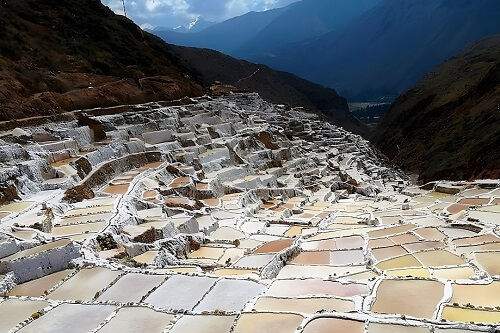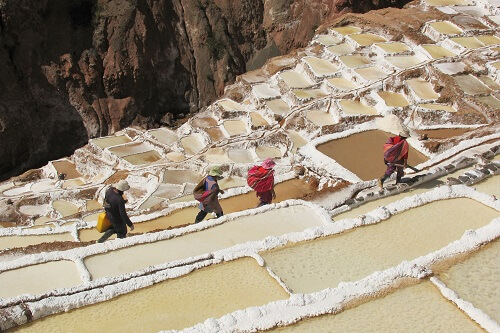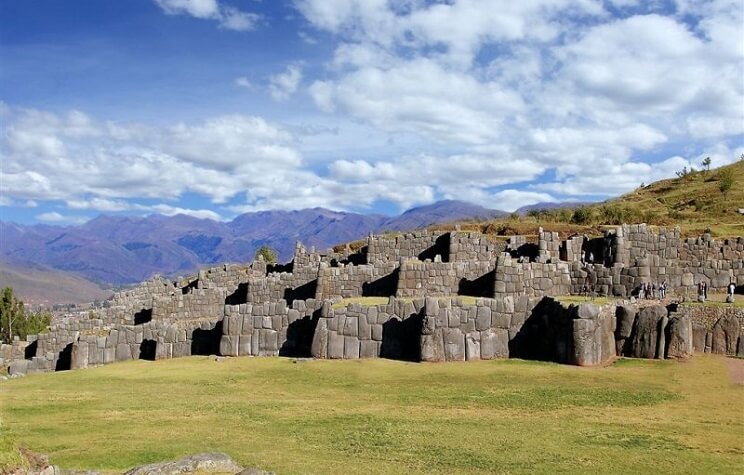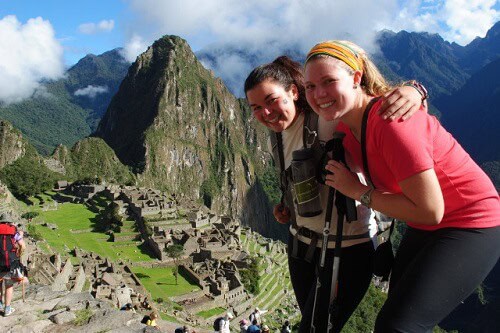The Maras Salt Mines are a breathtaking achievement of human ingenuity and history located high in Peru’s Andes Mountains. These ancient salt mines, known as «Las Salineras de Maras» in Spanish, have been in operation since pre-Inca times and continue to thrive today. Join us on a journey through time as we uncover the fascinating story of Peru’s Maras Salt Mines, one of the country’s most remarkable cultural and natural treasures.
A glimpse into history
The indigenous Wari culture is thought to have established the Maras Salt Mines around 2000 years ago, pre-Inca times. During the Incas’ reign, these salt pans were expanded and further developed. Salt harvesting in Maras became an important economic activity for the Inca Empire, and the tradition was passed down through generations.
Unique Salt-Producing Process
The Maras Salt Mines’ extraordinary harvesting method distinguishes it from other salt-producing facilities around the world. The salt comes from a subterranean stream fed by the nearby Qoripujio Mountain. The water is routed through a network of shallow evaporation pools, resulting in terraced salt pans, also known as «salt mines.» The mineral-rich salt crystals are left behind as the water evaporates in the hot Peruvian sun.
Awe-Inspiring Scenic Beauty
Apart from its historical significance, the panoramic vistas of the Maras Salt Mines are simply breathtaking. The salt pans tumble down the slope in an elaborate pattern of stark white squares, creating a bizarre, otherworldly environment. This visual extravaganza, paired with the surrounding hilly environment, is a photographer’s dream and a must-see for every tourist.
Cultural Heritage and Local Communities
Local families that have inherited the rights to certain salt pans from their ancestors handle the harvesting and management of the Maras Salt Mines. This communal salt manufacturing practice has been meticulously preserved for generations, and the knowledge necessary to run the salt pans is passed down from generation to generation.
Visiting Maras allows you to engage with the local people and learn about their way of life, customs, and the significance of salt mining in their culture. Purchasing traditional salt products to support the local economy is a good way to contribute to the well-being of these communities.
Sustainable Tourism and Conservation
It is critical to preserve the natural balance and cultural history of the Maras Salt Mines. As the location grows in popularity among tourists, it is critical to maintain a sustainable approach to tourism in order to avoid any negative influence on the fragile ecology and local residents.
Visitors are asked to follow the local authorities’ norms and recommendations, such as avoiding touching the salt pans or leaving any rubbish behind. Responsible tourism guarantees that future generations may marvel at Maras’ grandeur while also respecting its historical value.
Reference: Unesco World Heritage Convention
Conclusion
The Maras Salt Mines are more than simply a salt producing site; they are a living testimony to past civilizations’ tenacity and creativity. We are reminded of our shared human heritage as we travel through these terraced salt pans, which transcends time and nations.
Visiting the Maras Salt Mines is not only an opportunity to see a natural beauty, but also to support the local community and their traditions. So, if you find yourself in Peru’s enchantment, be sure to include the Maras Salt Mines on your vacation schedule and experience the charm of this historical gem for yourself.
Frequestly asked questions:
- Where is it located?
45 minutes by road driving North of Cusco city - Best season to visit?
Dry season from March to November - Is it open all year round?
Yes, you can visit it all days of the year - Is it safe to visit?
Yes, there is a checkpoint set by the government
Related tours
- Maras salt mines & Moray circular terraces.
- Super Sacred Valley Tour
